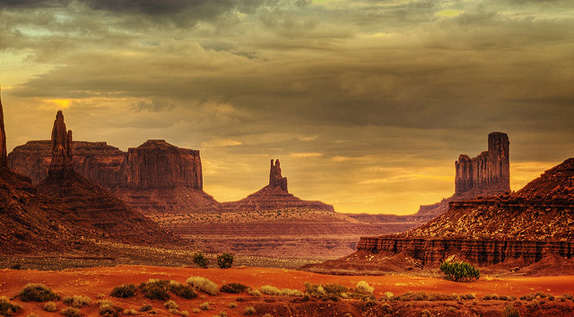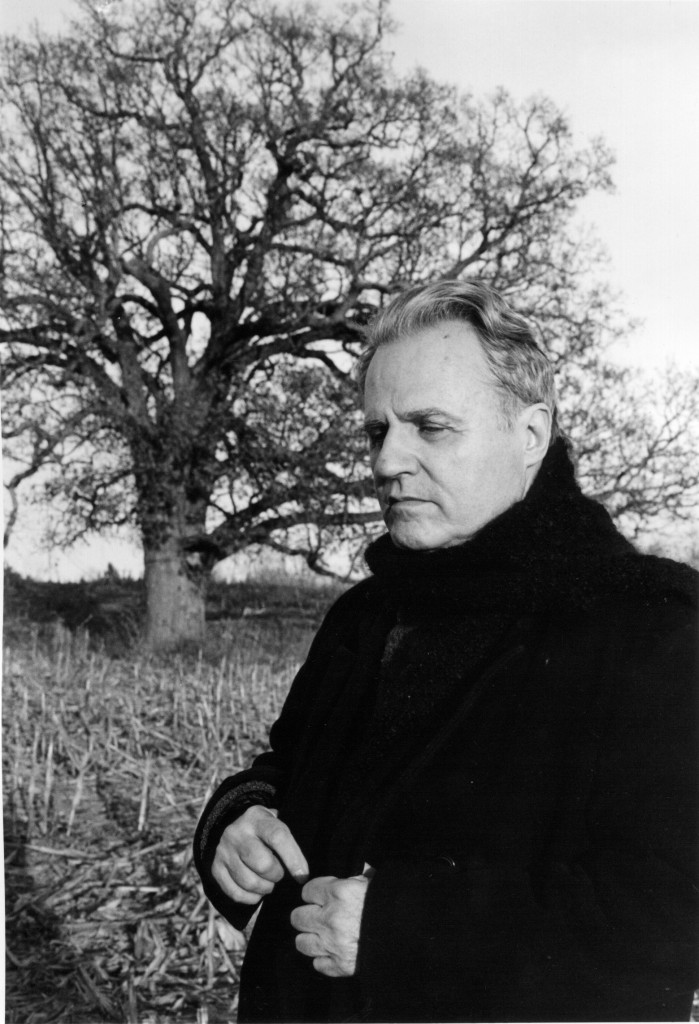The Watch The Fourth Body Onlinefar outskirts of our galaxy are teeming with activity.
Astronomers pointed the powerful James Webb Space Telescope at a distant zone dubbed the "Extreme Outer Galaxy," and zoomed in on dense cosmic clouds containing clusters of stars. In unprecedented resolution of this region, they spotted vibrant star formation, and potent jets of material ejecting from these hot objects.
"What was fascinating and astounding to me from the Webb data is that there are multiple jets shooting out in all different directions from this cluster of stars," NASA scientist Mike Ressler, who led observations, said in a statement. "It’s a little bit like a firecracker, where you see things shooting this way and that.”
SEE ALSO: NASA scientist viewed first Voyager images. What he saw gave him chills.You can see this activity below in a region of Digel Cloud 2S. Amid this cluster of young stars are jets zipping out from the cluster. Young stars emit these jets of gas and dust from their poles, which travel into space.
"It’s a little bit like a firecracker, where you see things shooting this way and that.”
And there's added cosmic eye candy. Beyond these dynamic stars at the edge of the Milky Way galaxy, you can spot a diversity of distant galaxies, shown in reddish and greenish colors. Many of these are spiral galaxies, like ours.
 A vibrant star-forming region in the "Extreme Outer Galaxy," as captured by the James Webb Space Telescope. Credit: NASA / ESA / CSA / STScI / M. Ressler (JPL)
A vibrant star-forming region in the "Extreme Outer Galaxy," as captured by the James Webb Space Telescope. Credit: NASA / ESA / CSA / STScI / M. Ressler (JPL) This Tweet is currently unavailable. It might be loading or has been removed.
The "Extreme Outer Galaxy" is located over 58,000 light-years (a light-year is almost 6 trillion miles) from the center of our galaxy. Earth, meanwhile, is some 26,000 light-years from the center.
This latest Webb research, published in the peer-reviewed Astronomical Journal, provides novel observations in scientists' quest to fully grasp how stars form in different galactic environments.
 A graphic of the Milky Way galaxy, with the sun shown below the galactic center. Credit: NASA / JPL-Caltech / R. Hurt (SSC / Caltech)
A graphic of the Milky Way galaxy, with the sun shown below the galactic center. Credit: NASA / JPL-Caltech / R. Hurt (SSC / Caltech) The Webb telescope — a scientific collaboration between NASA, ESA, and the Canadian Space Agency — is designed to peer into the deepest cosmos and reveal new insights about the early universe. But it's also examining intriguing planets in our galaxy, along with the planets and moons in our solar system.
Here's how Webb is achieving unparalleled feats, and likely will for decades to come:
- Giant mirror: Webb's mirror, which captures light, is over 21 feet across. That's over two-and-a-half times larger than the Hubble Space Telescope's mirror. Capturing more light allows Webb to see more distant, ancient objects. The telescope is peering at stars and galaxies that formed over 13 billion years ago, just a few hundred million years after the Big Bang. "We're going to see the very first stars and galaxies that ever formed," Jean Creighton, an astronomer and the director of the Manfred Olson Planetarium at the University of Wisconsin–Milwaukee, told Mashable in 2021.
- Infrared view: Unlike Hubble, which largely views light that's visible to us, Webb is primarily an infrared telescope, meaning it views light in the infrared spectrum. This allows us to see far more of the universe. Infrared has longer wavelengths than visible light, so the light waves more efficiently slip through cosmic clouds; the light doesn't as often collide with and get scattered by these densely packed particles. Ultimately, Webb's infrared eyesight can penetrate places Hubble can't.
"It lifts the veil," said Creighton.
- Peering into distant exoplanets: The Webb telescope carries specialized equipment called spectrographsthat will revolutionize our understanding of these far-off worlds. The instruments can decipher what molecules (such as water, carbon dioxide, and methane) exist in the atmospheres of distant exoplanets — be they gas giants or smaller rocky worlds. Webb looks at exoplanets in the Milky Way galaxy. Who knows what we'll find?
"We might learn things we never thought about," Mercedes López-Morales, an exoplanet researcher and astrophysicist at the Center for Astrophysics-Harvard & Smithsonian, told Mashable in 2021.
Already, astronomers have successfully found intriguing chemical reactions on a planet 700 light-years away, and have started looking at one of the most anticipated places in the cosmos: the rocky, Earth-sized planets of the TRAPPIST solar system.
Topics NASA
 Donald Trump talked about space and Buzz Aldrin's face says it all
Donald Trump talked about space and Buzz Aldrin's face says it all
 O Pioneers! by Rachael Maddux
O Pioneers! by Rachael Maddux
 A Week in Culture: Tom Nissley, Writer and Game
A Week in Culture: Tom Nissley, Writer and Game
 New Art Museum in Hamburg Blown Up by Terry Southern
New Art Museum in Hamburg Blown Up by Terry Southern
 Swole Jeff Bezos joins Instagram to tease his new ROCKET FACTORY
Swole Jeff Bezos joins Instagram to tease his new ROCKET FACTORY
 Advice to Our Scottish Readers by Lorin Stein and John Jeremiah Sullivan
Advice to Our Scottish Readers by Lorin Stein and John Jeremiah Sullivan
 Gerard Malanga by Lars Movin
Gerard Malanga by Lars Movin
 Frida’s Corsets by Leslie Jamison
Frida’s Corsets by Leslie Jamison
 Best air purifier deal: Save $300 on the Dyson HEPA Big + Quiet air purifier
Best air purifier deal: Save $300 on the Dyson HEPA Big + Quiet air purifier
 Busker; Deposition Delivery by Chris Flynn
Busker; Deposition Delivery by Chris Flynn
 Brest vs. PSG 2025 livestream: Watch Champions League for free
Brest vs. PSG 2025 livestream: Watch Champions League for free
 Staff Picks: Lucian Freud, Beryl Bainbridge by The Paris Review
Staff Picks: Lucian Freud, Beryl Bainbridge by The Paris Review
 Stephen Marche and Arthur Phillips on Shakespeare by The Paris Review
Stephen Marche and Arthur Phillips on Shakespeare by The Paris Review
 New Art Museum in Hamburg Blown Up by Terry Southern
New Art Museum in Hamburg Blown Up by Terry Southern
 9 Tech Products That Were Too Early to Market
9 Tech Products That Were Too Early to Market
 Wells Tower, DBC Pierre, and Tobias Wolff by Chris Flynn
Wells Tower, DBC Pierre, and Tobias Wolff by Chris Flynn
 Night Shifts; Manufacturing Arrows by Chris Flynn
Night Shifts; Manufacturing Arrows by Chris Flynn
 Two Poems: 'The Crew Change' and 'Rice in the Spoon' by Don Share
Two Poems: 'The Crew Change' and 'Rice in the Spoon' by Don Share
 Watch Chappell Roan's Grammy acceptance speech demanding healthcare for artists
Watch Chappell Roan's Grammy acceptance speech demanding healthcare for artists
 To Bricktop, on Her Belated Birthday by Patrick Monahan
To Bricktop, on Her Belated Birthday by Patrick Monahan
Amazon Big Spring Sale AirTag deal: Get a 4How to watch 'Queer': Release date, streaming detailsNintendo Switch 2 preorders start on April 2, says Best Buy CanadaAmazon Spring Sale 2025: Best outdoor dealsBest Fire TV Spring Sale deal: Save $150 on the Insignia 70Best deals on the newest Apple Watch during the Amazon Big Spring SaleAmazon Big Spring Sale Levoit vacuum deal: Save $100Nintendo Direct March 27: Everything Nintendo announcedAmazon Grubhub+ deal: Save $5 off two $20 or more ordersNintendo confirms liveNYT mini crossword answers for March 27, 2025Amazon Big Spring Sale 2025: Best tablet deals on iPads, Fire Tablets, moreNYT mini crossword answers for March 27, 2025Alabama vs. BYU 2025 livestream: How to watch March Madness for freeAmazon Big Spring Sale 2025: Save $300 on Google Pixel 9 ProAmazon Spring Sale 2025: Save $100 on Amazon Fire TV 4Amazon Big Spring Sale 2025: Best gaming deals on PlayStation, Nintendo, moreBest book and BluShop the Miele C1 vacuum during Amazon's Big Spring SaleNYT Connections hints and answers for March 28: Tips to solve 'Connections' #656. The new White House website includes a hidden message A guide to helping boomers sign up for the COVID vaccine Netflix's 'Jurassic World: Camp Cretaceous' Season 2 review CES 2021 showed us that the 8K future is almost here Dad bod Batman drawn by an 11 Apple's Tim Cook: Parler could return if they do content moderation 22 facts you never knew about Wikipedia David Spade was very confused by this bizarre Kurt Cobain mural that looks a whole lot like him Honoring Coretta Scott King on Martin Luther King Day A curious little kitten is really invested in learning about pottery Everything coming to Netflix in February 2021 The 'WandaVision' fake commercials may hide the show's big secret NFL condemns 'divisive' Trump remarks without really addressing the core issue FAA approves first autonomous commercial drones Football announcers go nuts after a squirrel interrupts a game to run in for a touchdown 11 best tweets of the week, including a terrifying hedge, Batman, and skipping work Porsche unveils new electric Taycan under $100,000 Facebook bars events close to the Biden inauguration, state capitols Everything coming to Disney+ in February 2021 The best sustainable tech at CES 2021
2.2437s , 10145.90625 kb
Copyright © 2025 Powered by 【Watch The Fourth Body Online】,Creation Information Network